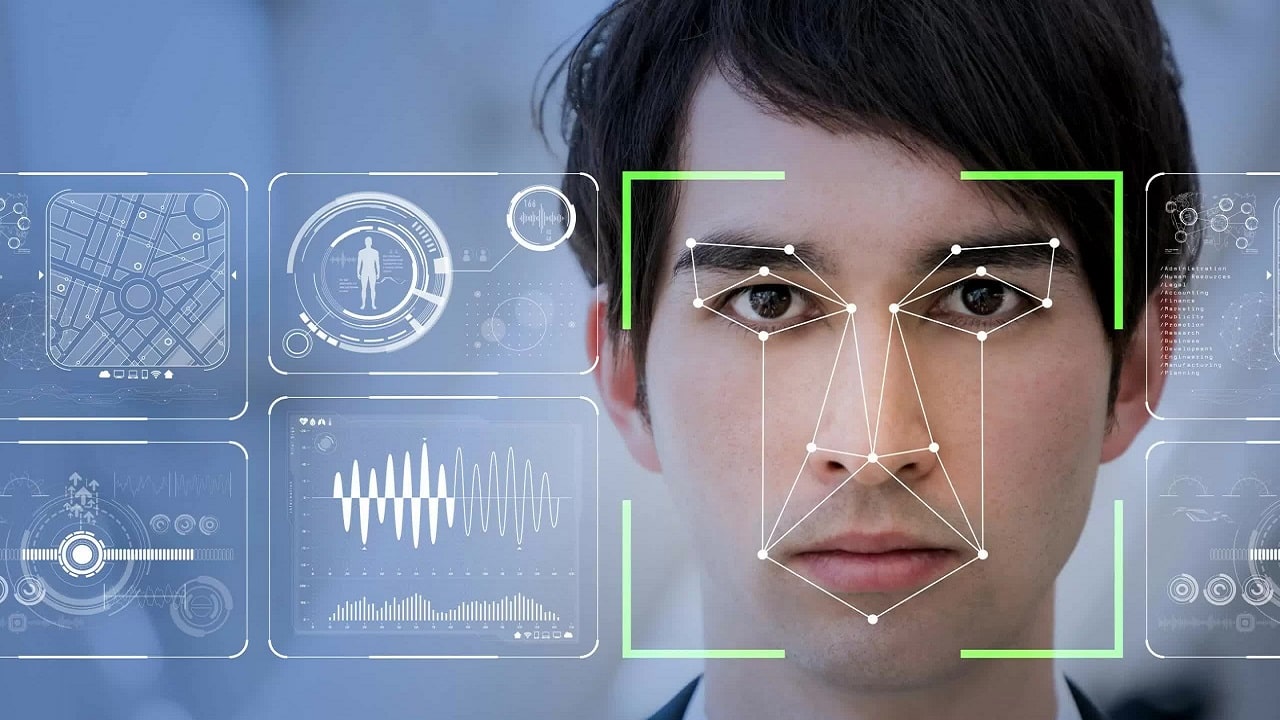
That artificial intelligence, in its numerous fields of application, can bring enormous benefits to the life of each of us, is clearly demonstrated by our daily lives. And this is testified by several of our articles that we write every day.
However, one of the most sensitive topics in the field of AI is facial recognition. That if it would have the undoubted potential to streamline some operations, on the other hand – by capturing our anthropometric data – it brutally enters our privacy.
Therefore, the recent news that the EU is preparing a plan for facial recognition is strikingwhich would create a transversal system for sharing data on a continental level.
The European Union, just her, the homeland of the much admired (even by citizens and governors of other latitudes, such as the States) GDPR.
But what do we know about the EU plan on facial recognition?
To better understand the contours of the hypothesis of an EU facial recognition system, it is necessary to frame the plan within Prüm II, an evolution of the Prüm Treaty.
What is it about?
The Prüm treaty is so called because it was ratified in the German city of Prüm in 2005. In order to have coordinated procedures for judicial investigations and crime prevention adopted by the police forces of the various EU countries.
The fact is that Europe is now working on Prüm 2, an evolution of the previous treaty. But Prüm 2 is already raising up the associations in defense of the protection of privacy.
Because? Because it seems that an important (and controversial) element is being added to facilitate cooperation between the various police forces of the member states. That is the free exchange of information concerning the images of citizens’ faces.
Basically, every European Union police will be able to access the anthropometric archives of other countries to, for example, identify a certain person wanted for committing a crime. This would effectively create an EU automated artificial intelligence system.
The aims of the project can be read in more detail in the Prüm 2 proposal.
The text of the proposal states that the objective of Prüm 2 will be to “ensure that the most relevant data (ie facial images and criminal record extracts) from the national databases of other Member States are made available to all the competent law enforcement authorities of the EU “.
But then it is also possible to read an attenuating passage with respect to the use of facial recognition: “The exchange of these new categories of data would constitute a new data processing. However, it would be limited to the extent necessary to achieve its purpose and would only allow comparison of data on a case-by-case basis. The proposal also provides for a series of different guarantees (for example the sharing of all data only in the presence of a positive response following a query). “
Further, it is specified that “the automated consultation or comparison of biometric data (DNA profiles, fingerprint data and facial images) between the authorities responsible for the prevention, detection and investigation of crimes pursuant to this Regulation should only concern the data contained in the databases set up for the purposes of prevention, detection and investigation of crimes “.
But these guarantees appear insufficient for associations operating in defense of citizens’ privacy.
For example EDPS (European Data Protection Supervisor) points out some unclear points of the proposal. First of all, it is not clear what types of crimes would be for which the exchange of anthropometric data between countries would be necessary.
The underlying risk, says Ella Jakubowska of European Digital Rights, is to create “the largest biometric surveillance infrastructure ever seen in the world”.
It would surprise a similar decision by the European Union, especially if the proposal is not regulated in detail.
In fact, the memory of many of us goes to the indiscriminate use that Russia is making of facial recognition.
Created to streamline access to some stops of the Moscow metro, the video camera system (in the capital alone there are more than 175,000) seems to have now taken on explicitly political functions. More specifically, of repression of dissent.
This precedent will necessarily lead the European Union to a clear definition of the use of anthropometric data of citizens residing in the EU. And to the specification of areas and limits of use of the technology within Prüm 2.
In the world of mobile gaming, Monopoly GO is a popular game known for being…
In view of the sixth F1 round of the season which will stop in the…
Different motivations but same objectives, score points. So let's find out where to watch Salernitana-AtalantaTelevision…
Let's discover QuiGioco together, a new platform in the great universe of online casinos and…
Amazon Prime Video releases for May 2024: here are the films, shows and TV series…
In this new episode of Anime Breakfast, this time a review, let's find out together…